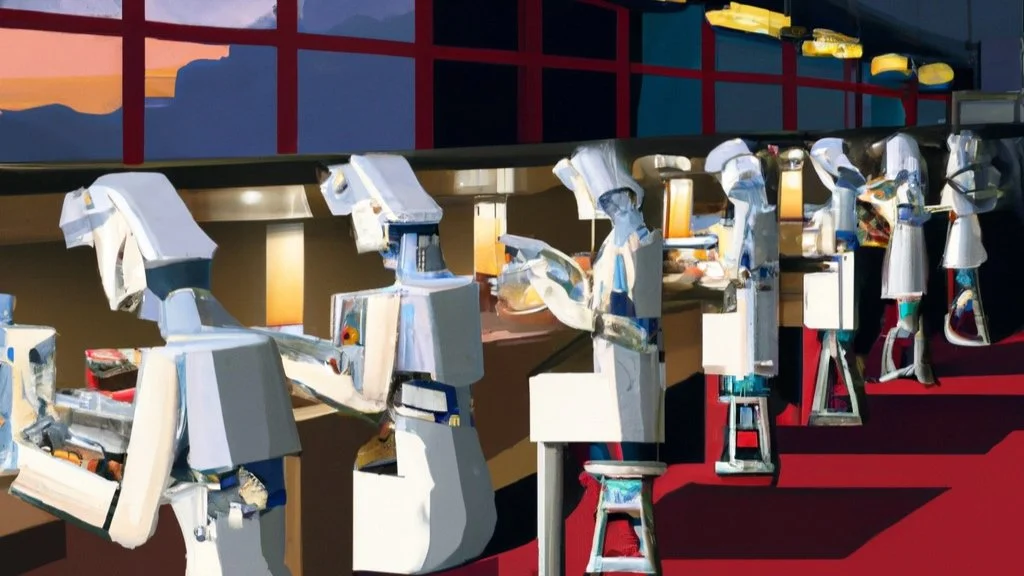And the award goes to... how AI can help find the next generation of Oscar winners
In recent years, it has become increasingly challenging for budding film script writers to pitch their screenplays to studios in hopes of seeing their stories brought to life on the big screen. The process, plagued with difficulties, is not only long but also incredibly costly. As a result, studios have become more cautious, opting for fewer new ideas or alternative projects. The risk associated with introducing a fresh concept far outweighs the securities of making predictable sequels or capitalizing on existing commercially successful franchises.
Pitching a screenplay is an arduous task, requiring a delicate balancing act of persuasion, creativity, and business acumen. Writers must capture the essence of their stories within a limited timeframe, often no longer than a few minutes, to capture the attention of studio executives. With fierce competition and limited opportunities, getting noticed in this cut-throat environment is akin to finding a needle in a haystack.
The journey from pitching to the actual production of a film can be an agonizingly long process. Writers face countless rejections and hurdles, having to navigate the complexities of securing funding, finding production teams, and entering into negotiations. This elongated timeline has deterred many scriptwriters from pursuing their dreams, leading to a lack of diverse and original content within the industry.
Studios, in their quest for guaranteed profits, have become risk-averse, favoring the safety net of sequels and proven formulas over the exploration of new territories. Consequently, this has contributed to a stagnation of inventive and creative storytelling within the movie industry. While established franchises may entertain audiences, the absence of fresh ideas stifles innovation and prevents new voices from emerging.
To invigorate the film industry and foster a culture of creativity, the process of accessing studios and obtaining funding needs to be reevaluated. Supporting aspiring writers, encouraging original ideas, and providing avenues for fresh talent are essential steps to break free from the cycle of regurgitated plots and sequel-dominated landscapes. Only through embracing these changes can the movie industry regain its inventiveness and captivate audiences with the magic of true cinematic storytelling once more, but how?
With the recent emergence of text-based AI systems, writers now have the incredible opportunity to delve into uncharted territory. These AI systems not only excel at creating high-resolution images but are also capable of producing cinematic-quality videos. This game-changing technological advancement has the ability to grant writers unprecedented freedom, enabling them to avoid the conventional process of going through a studio and relinquishing control over their projects. Instead, they can now take charge and bring their stories to life as they envision them.
This does not however signal the end of the road for actors, directors, or any of the creative individuals involved in traditional film projects, it simply gives them a “Script++”, something that conveys more about what the story means to the writer than just words on the page. Something they can use as a blueprint to produce something that aligns to the original vision. It also means that the projects available to work on or consider is opened up to anyone, rather than scripts being bought by certain studios only to be shelved and never making it to the silver screen.
This revolutionary tool has the potential to reshape the landscape of creative endeavors, ushering in a new era where user-generated content takes center stage. As this technology continues to evolve, new platforms are likely to emerge, providing writers from all backgrounds an equal chance to thrive and succeed. In this future, the measuring stick of success will be solely based on creativity, removing the reliance on investors and intermediaries, where AI can become an integral collaborator and supporter of the arts, rather than an outcast shunned by the artistic community.


